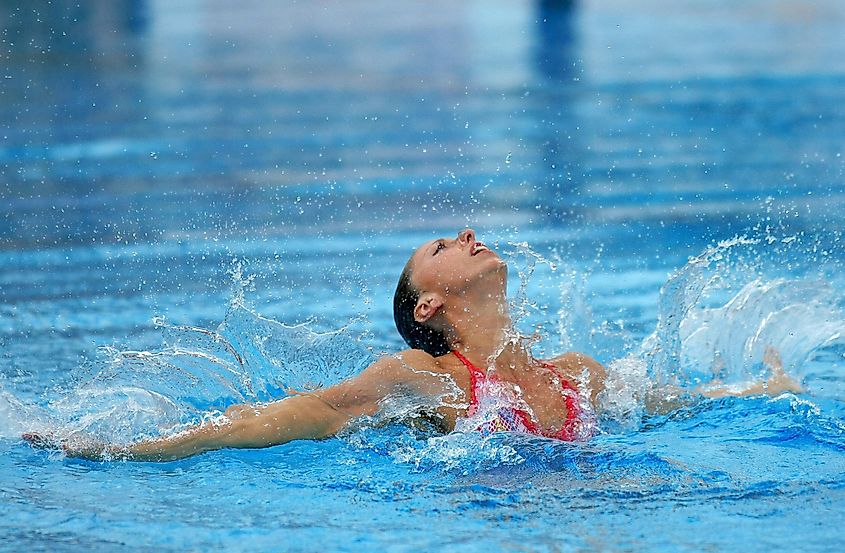Which Sports Have Been Dropped From The Olympics?

The first modern Summer Olympic Games were held in 1896. Since then, the event has been held every four years except during the World Wars, and the Winter Games are held every four years as well. The Olympics have maintained their fame but the events have changed significantly with the addition and withdrawal of some events. Polo was withdrawn in 1936 and for the next 69 years, no other sport was dropped. In 2005, the International Olympic Committee voted to withdraw softball and baseball after the 2008 Summer Olympics. However, both events will be re-introduced in the 2020 Olympics, to be held from July 23 to August 8, 2021. The following are some events that were withdrawn for good from the Olympic Games.
Tug-Of-War

Tug-of-war was a popular sport in schools and sports clubs in the late 1880s and was part of the Olympic sport between 1900 and 1920. Two teams of eight men each participated in the game. Sometimes, the teams represented organizations such as fire services and police forces. The opponents held the opposite ends of a rope and the team that dragged the rope over six feet towards their side was declared the winner.
Club Swinging

Club swinging was an event that resembled juggling. Here, the competitor swung clubs with moves that appear similar to gymnastics and dance. It was only included in the 1904 Olympics in St. Louis but a similar event known as “Indian Clubs” was included in the 1932 Olympics in Los Angeles.
100 m Freestyle Swimming For Sailors
This event was only included in the maiden Olympic Games in 1896. It featured participants from the Greek Navy who swam for 100 m in a freestyle manner. Ioannis Malokinis won the event after clocking 2 minutes 20 seconds.
Solo Synchronized Swimming

Solo synchronized swimming was part of the Olympics between 1984 and 1992. After three Olympics, the organizers decided that a solo swimmer could not be synchronized with others, therefore it could not accurately be called synchronized swimming. After the 1992 Olympics in Barcelona, the structure of synchronized swimming was changed to team participants.
Water Obstacle
Water obstacle was an event that was held in the 1900 Olympics in Paris. A river served as the venue for this event. Swimmers were expected to navigate obstacles such as boats and poles in the river by either swimming under or climbing over.
Equestrian Vaulting
Equestrian vaulting was a men-only sport that was held in the 1920 Antwerp games. Participants had to jump onto a moving horse and back down the other side of the animal. He would then do the same on the opposite side. The competitor also performed somersaults over the horse and rode them in the normal fashion.
One Hand Weight Lifting

Weightlifting is still part of the Olympic Games but in 1896, 1904, and 1906, men competed by lifting weights with only one hand at a time. Athletes lifted weights on their right hand before switching to the left. Whoever lifted weights higher on both hands was declared the winner.
Pentathlon Of The Muses
Not every competition at the Olympics was a sport. From 1912 to 1948, the Olympics covered competitive events in sculpting, music, painting, literature, and architecture. Surprisingly, these events attracted more spectators than some sports but were dropped since they attracted professionals while the Olympics was originally meant for amateurs.











